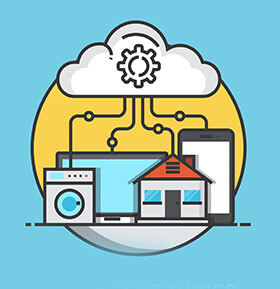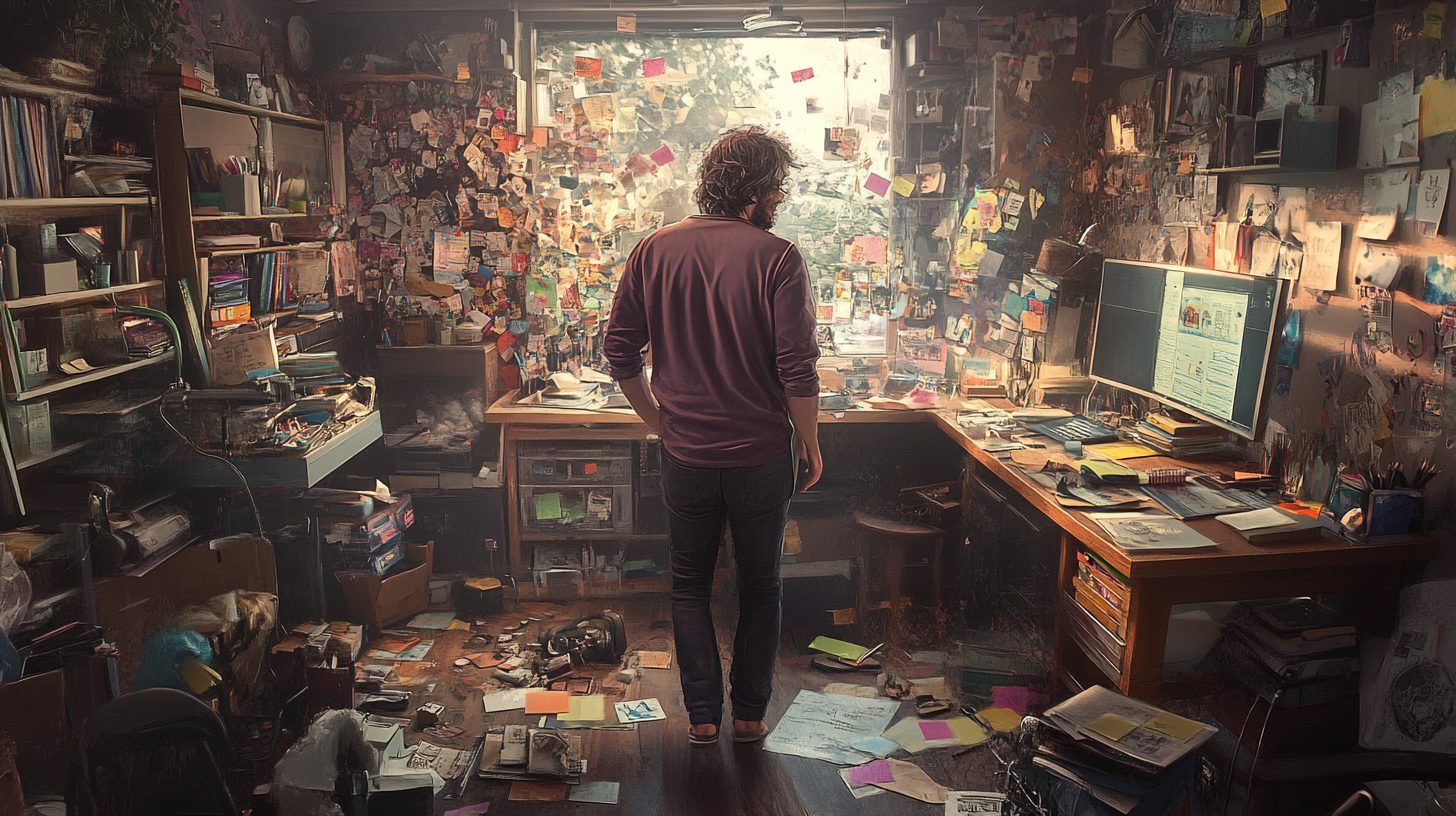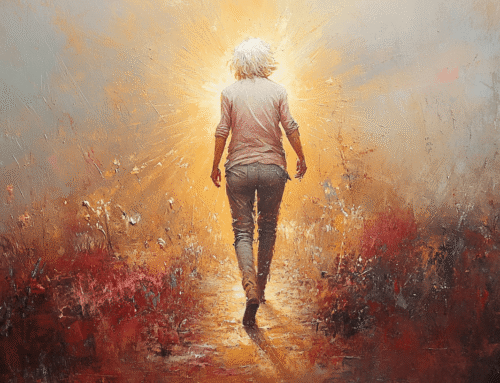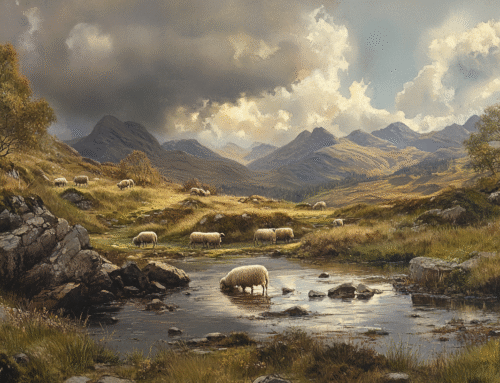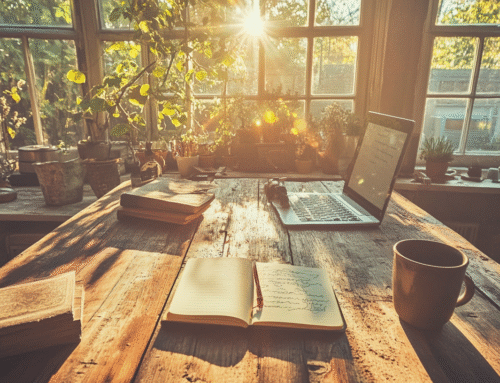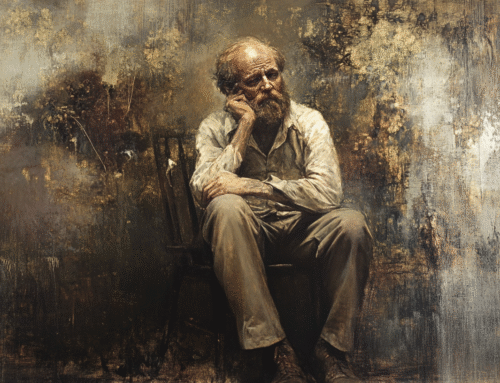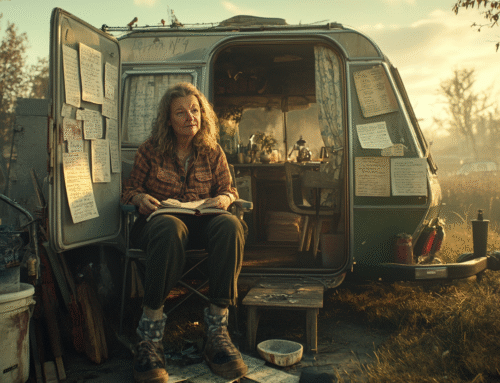In a world obsessed with speed, youth, and shiny new ideas, it’s easy to feel like creativity is a young person’s game.
But here’s the truth: the most powerful creative breakthroughs don’t come from endless information—they come from bold curiosity, collaborative energy, and trusting your instincts.
Whether you’re launching a new business in your 50s or hitting the gym for the first time at 65, Creative Superpowers by Laura Jordan Bambach and friends offers a fresh blueprint for unlocking your own unique brand of creativity—one that’s shaped not by age, but by attitude.
I know this firsthand.
When I decided to transform my health and body in my mid-60s, I didn’t rely on motivation or magic. I relied on systems, experimentation, and creative problem-solving. That same mindset—the one that powered my “Fit at 65” journey—is at the heart of this book.
So in this post, let’s break down the key lessons from Creative Superpowers—and show how they apply directly to solopreneurs, creators, and changemakers reinventing themselves later in life.
🧠 1. Creativity Isn’t About Knowing More—It’s About Seeing Differently
The old model: gather information, follow rules, stay in your lane.
The new model: question assumptions, connect unexpected dots, embrace randomness.
Creative Superpowers starts by debunking a huge myth: that creativity comes from knowledge. In reality, too much knowledge often kills innovation—because it boxes you in with “the way it’s always been done.”
Look at Uber. The most radical shake-up in the taxi industry didn’t come from inside it. It came from outsiders who didn’t know the rules—and that’s exactly why they broke them.
Lesson for midlife creators: Your fresh perspective is your edge. You’re not burdened by corporate politics or creative conformity. You’re free to play.
🔁 2. Great Creativity Starts With Collaboration, Not Isolation
The lone genius myth? Overrated.
According to the book, creativity thrives in the “sandbox”—a place where ideas bounce between minds. Think of kids playing in the sand. One starts digging, the other joins in, and suddenly there’s a tunnel.
Whether you’re launching a course, writing an ebook, or building a YouTube channel, your creativity expands exponentially when shared.
Got an idea for a product? Talk it out with a friend.
Launching a lead magnet? Partner with someone who has the audience.
Lesson for solopreneurs: Don’t build in the dark. Create in public. Collaborate early. Co-create often.
🧹 3. Kill Your Darlings. Simpler Is Stronger.
One of the most memorable case studies in Creative Superpowers is the Japanese “Xylophone in the Forest” ad. The team originally pitched a complex Rube Goldberg machine, but the creative director overruled them and went with a simpler, cleaner idea.
The result? International acclaim.
Why? Because great creativity isn’t complex. It’s clear.
Your best ideas will often emerge after you’ve let go of the ones you’re emotionally attached to.
This is just like in fitness: the best results often come from sticking to a simple program, not chasing the fanciest new protocol every week.
Lesson for creators: Edit ruthlessly. Simple sells.
😴 4. Sleep, Play, and Boredom: The Real Creative Superpowers
Your most genius ideas? They won’t come while staring at a screen.
They’ll arrive in the shower. On a walk. Midway through a nap.
The book drives home a critical message: rest is not a reward—it’s creative fuel.
When you relax, you allow your brain to make new connections. That’s when the subconscious steps in and hands you an insight you couldn’t force.
Lesson for solopreneurs: Build in white space. Walk more. Play more. Trust that inspiration wants to find you—but it doesn’t like to shout over noise.
🗣️ 5. Brutal Honesty (With Love) Is a Creative Superpower
Creativity without courage is just decoration.
If you’re afraid to speak truth—whether to a client, a collaborator, or yourself—you’re blocking your best ideas before they start.
One of the boldest takeaways from Creative Superpowers is this: Say what you mean, even if it’s uncomfortable.
Yes, it might lose you a sale or two. But it will gain you your voice—and that’s worth far more.
Lesson for mature creators: Speak with love. Lead with clarity. And don’t sugar-coat your standards.
🌀 6. Stop Trying to Be Original—Start Adding Value
This one’s big.
The book drops a powerful reframe: Creativity isn’t about being original—it’s about making connections and adding value.
The cheeseburger? Not invented by a chef, but marketed by an ad agency trying to sell Kraft cheese slices.
Velcro? Inspired by burrs sticking to a hiker’s pants.
Your most creative work might be a remix. A mashup. A twist on something familiar. And that’s not lazy—it’s brilliant.
Lesson for solopreneurs: Don’t wait for a perfect, unique idea. Start where you are. Add your perspective. That’s enough.
💡 7. Turn Boredom and Mess Into Magic
Want a powerful creative hack? Get bored.
The book shares a study where people tasked with copying endless numbers ended up being more creative than those who weren’t distracted. Why? Boredom kicked their brains into idea-generation mode.
Another weird one? Messy desks.
People working in cluttered environments generated more original ideas than those in pristine offices.
Lesson: Embrace the chaos sometimes. That messy Google Doc? That stack of post-its? That’s where your next great idea might be hiding.
🚶 8. Take More Walks—Literally
Rousseau, Kant, Steve Jobs—many great thinkers swore by walking.
And it makes sense. Walking frees up your body and your brain. You start noticing things. Hearing snippets of conversations. Seeing patterns.
Some of the best creative breakthroughs come when you’re not trying to be creative.
Lesson: Add daily movement not just for health (hello, Fit at 65), but for insight.
🧠 9. Fast Learning Beats Lifelong Knowledge
This chapter made me shout “YES!”
In today’s fast-moving world, being a fast learner is more valuable than being a deep expert.
You don’t need a PhD to launch a coaching business, start a YouTube channel, or write a book. You need curiosity, speed, and a bias for action.
And you’ve got that in abundance—especially if you’ve lived through a few reinventions already.
Lesson: You don’t need to know it all. You need to try. Fast is better than perfect.
👣 Final Thoughts: The Real Creative Superpower Is Starting Now
Creativity doesn’t belong to the young, the famous, or the naturally talented.
It belongs to the bold. The curious. The willing.
Whether you’re creating a business, a body, or a brand—you already have the ingredients. All that’s left is to trust the process, take the walk, make the mess, and start.
Like I did with my Fit at 65 transformation, and like you can today.
Because your best work is still ahead of you. And your creative superpowers are just waiting to be unlocked.
